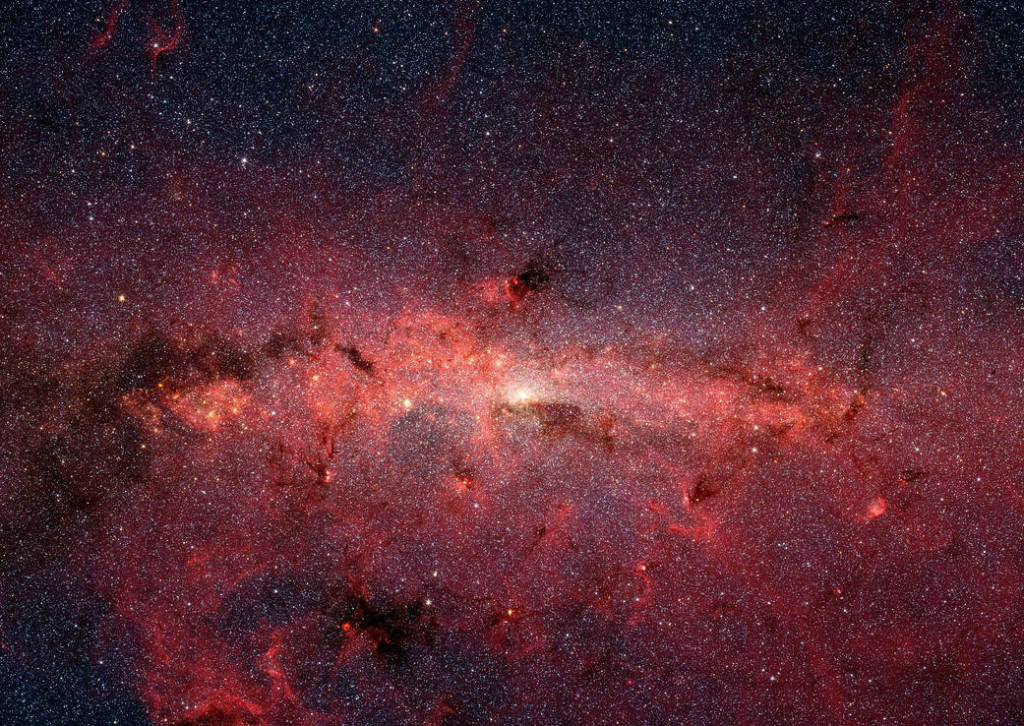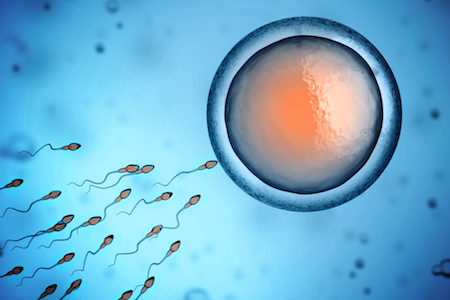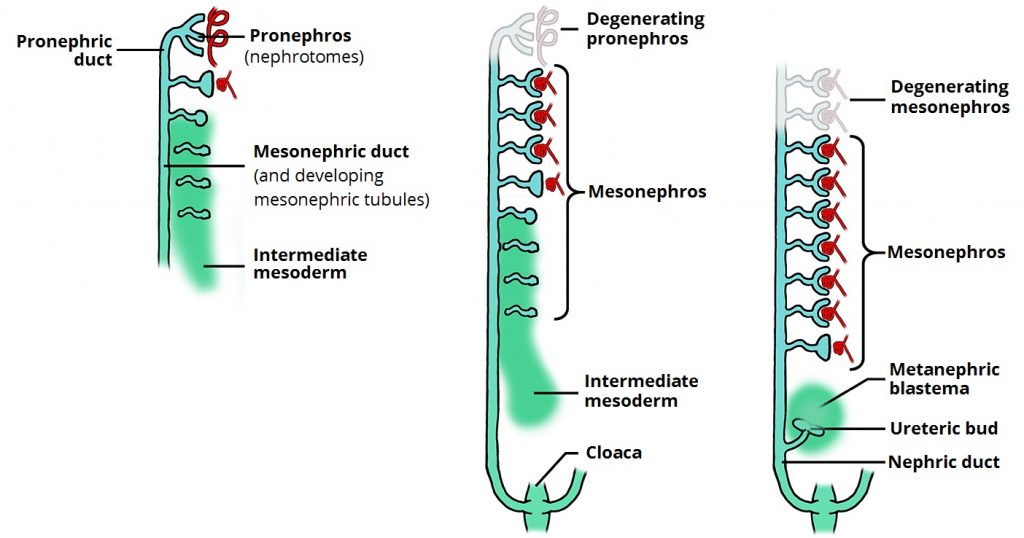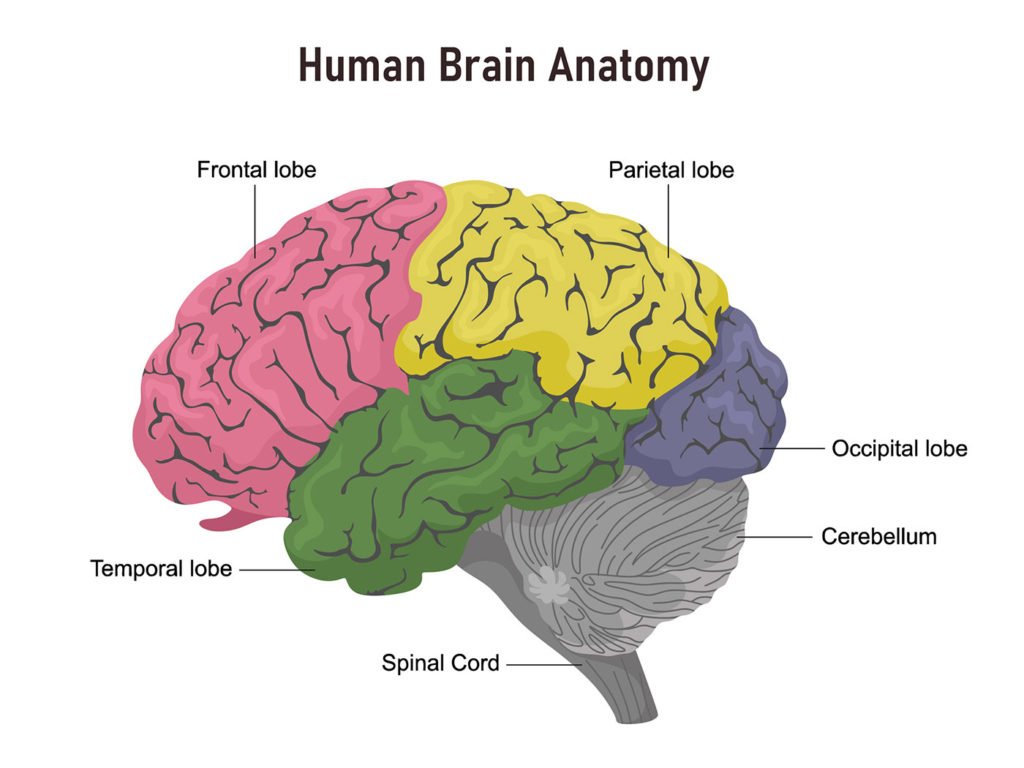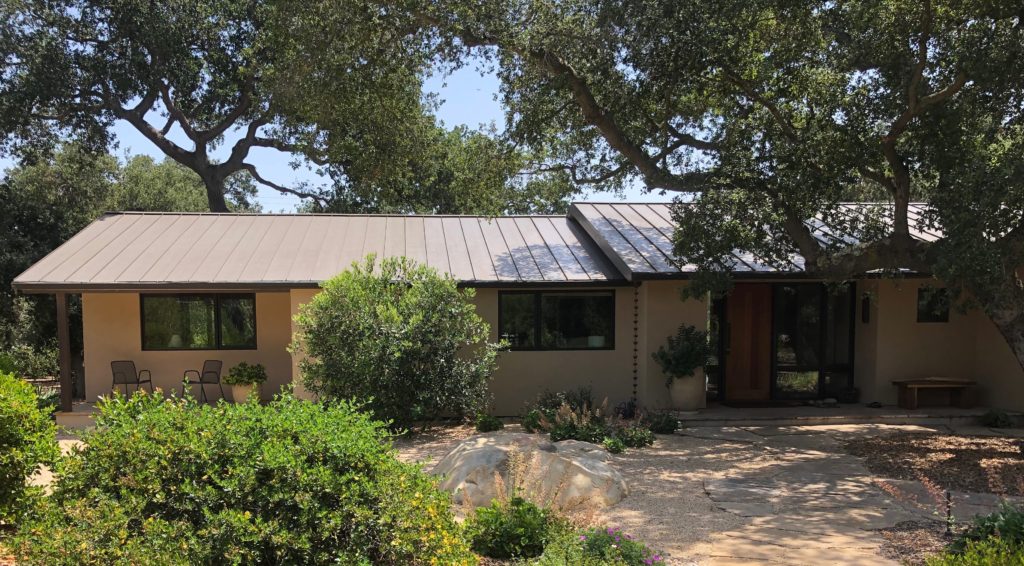Psyche, Soma and Stillness: Part 2: Boundaries, Other Ego Structures and Flow
Boundaries
In the previous post we examined the cosmological nature of forms, their cycles of creating, sustaining and dissolving, and saw how our embryological origins display the bio-physiological expressions of this dance. All healthy organisms can birth, sustain and dissolve structures as necessary in the ongoing flow of life. We also began to look at the ego structures involved with boundaries and how they relate to authenticity.
All types of boundaries found in living systems and serve a necessary role in allowing any and all unique beings to fully thrive in a complex and interconnected world. We see boundaries everywhere in nature, where dramas are constantly being played out between and among individuals and groups over territories for food, mating and place in the social hierarchy. But because the totality of nature is involved, a dynamic balance is always sustained.
(At the level of collective consciousness, human societies have, through ignorance, greed and total dissociation from the natural world, turned the useful and necessary role of boundaries into a global disaster. For millennia, the rich and powerful have misused and monopolized the natural resources of the planet to the deficit and degradation of all members of the ecosystems of Mother Earth. They have accomplished this through both overt violence as well as the more subtle expressions of violence and abuse of power such as the legalization of arbitrary property lines and other geographical boundaries such as towns, voting districts, states and countries. All sorts of conflicts including war arise from these boundary violations.)
Certain boundaries, like those created by the immune system to defend the organism against outside challenges, are not pyschological/emotional in nature and not part of the ego structures. These are naturally maintained as part of the life intelligence and never dissolved. However, our psycho-physiological structures, known collectively as ‘ego’,* can, when healthy, dissolve and re-configure in response to new circumstances and continually evolve.
One of these is the capacity to establish, monitor and modify clearly defined emotional boundaries. This key ego component in developing emotional maturity is crucial to keeping the awakening process on track, and not as common as it should be in the spiritual world. One can have a powerful awakening experience without a clear sense of personal boundaries and this leads to the sad and dangerous phenomena of cults and ‘spiritual’ teachers behaving badly. We will discuss this topic in more detail in the next blog post.
Healthy boundaries require: the ability to differentiate our own emotional states from those of others; the ability to recognize and honor the boundaries of others; taking ownership of our own emotional states and our own emotional development; developing self esteem; and becoming grounded in our own personal authenticity. Interestingly enough, to further our own maturing and spiritual awakening, we also need to learn how and when to dissolve those boundaries. To experience true intimacy with another human being or even life and the totality of creation, we need to relax and dissolve our emotional sense of separateness into the boundary-less-ness of Being.
None of this is easy as at the level of human emotions very little is clear. In infancy and early childhood, the emotionally charged components of the ego are emerging and evolving, as are the capacities to monitor and modulate them. But they are also heavily influenced by both the cultural conditioning and the emotional maturity of our parents, siblings and others in our social group. Because we are so open when young, dysfunctional habits and beliefs about who we ‘are’ and ‘are not’, and what we are capable of what what we are not, are easily absorbed and unconsciously added to our self sense.
The result is that we can stop growing and evolving emotionally, leading to a very confused sense of boundaries. Most children will assume they are at fault if the adults around them are upset. Their boundaries supporting their self sense are not strong enough to distinguish their personal emotions from those of others. In healthy or emotionally mature parenting, adults will own up to and apologize for their emotional outbursts, and acknowledge and validate the emotional states of their children. Unfortunately, this is not as common as we would like.
Therefore, most of us reach adulthood with layers of unresolved trauma trapped in our infantile or early childhood ego structures and these can play a major role in shaping our adult responses to emotionally challenging situations. We have all felt in ourselves, or observed in others, the raging 2 year old, the depressed and withdrawn 7 year old, or the angry frustrated adolescent.
When the egoic structures*, including boundaries, become dysfunctional, they usually fall into one of two categories. First they can become ‘stuck’, leading to rigid and inflexible states and stances. Or, they become chaotic and unpredictable leading to confusion and relentless stress in all relationships. Unresolved trauma is the most common reason for the dysfunctional behavior structures, and traumas can run the spectrum from mild to severe. The skills to recognize and evaluate these dysfunctional patterns are not part of our educational process, but with good karma we may stumble onto a good therapist, or learn meditation practices and thus gain some tools for healing, evolutionary growth and deeper awakening. *(see below)
It is important to note that unhealthy boundaries are a major issue in both psychotherapy and spiritual teaching, as there are often hidden power imbalances. Growth and transformation through relationships requires trust from the client/student and deep inner personal insight on the part of the therapist/teacher. When both parties have unconscious and unfulfilled needs, disaster awaits. The next post will look at this in more depth.
Life is our practice field. Emotional energy is the root of all relationships and human emotional fields are constantly overlapping. Walk into a crowded room and all levels of emotional energy can be recognized, from joy and delight to anxiety, fear, anger and disgust. As you move through and interact with this field, can you know which of these emotions are yours and which belong to others?
If you walk through the room with a healthy sense of boundaries, you can, for the most part, seal off the outside negative emotions and, when possible, physically walk away from the trouble. When meeting a friend, you can then relax the boundaries and open up to establish a relational field of friendship and exchanged love. However, as we know, there are times in relationships where difficult emotions have to be addressed and not avoided. Here healthy boundaries allow us to be present and grounded with our own inner state while allowing others to have their own experience, as the emotional storms swirl around us.
*****************
Exploration: Track your own boundary process over the next week or so. When do you feel your boundaries active, as if you are defending your territory? When do you you feel them relaxing? Where in the body do these feelings manifest? Be aware of others boundaries as well. Can you feels others opening or closing and how does this make you feel?
*******************
Flow
In Chinese Medicine, one of the 12 main meridian lines is the ‘heart protector’, whose role it is to protect the powerful and yet vulnerable heart. It governs the opening and closing the ‘heart gates’, so we can be nourished by healthy relationships and protected from unhealthy ones. When functioning well, we can say the heart protector is rooted in the dynamic, creative, spontaneous natural state of the Cosmos known as flow. As a gate keeper, it can choose to let energy in, or keep it out. And it can choose to let energy out, or keep it in.
The heart field is the center of our meditative attention as it links our psychology, emotions and soma with spirit. A key component of meditation is learning, through direct perception, how the fluid process of creating, sustaining and dissolving works in the dance of life. We begin to recognize that thoughts, sensations and even emotional states are transitory phenomena. We can sustain them by feeding them with the energy of attention, or let them run their course by not feeding them and just letting them be. We discover awareness, the vast, accepting, open spaciousness in which all thoughts, sensations and emotions dance. And we may begin to feel the innate organizing, discriminating and compassionate intelligence of the organism as flow ‘before forms arise’, the boundless potentiality of creation.
In the meditative flow state, unhealthy patterns are recognized but neither repressed (the ‘stuck’ state’) nor re-stimulated, (the chaotic state). Their karmic momentum is allowed to flow through us, like a river flowing between the banks, with the micro bits of trauma dissolving into the flow. Or we may feel the excess energy slowly dissipating like a bouncing ball gradually coming to rest.
This process may take a few moments, or many years, depending upon the depth and intensity of the energy field held in the pattern. In cases of trauma, an outside therapist may be required to help sustain the flow state while processing intense emotions, as traumatized fields are usually isolated and organized to sustain themselves, manifesting as pyschological and emotional ‘stuckness’ or chaos. Safely transforming traumatized emotional energy is usually quite difficult on our own.
The open receptivity of awareness and flow is quite different from the impulsive reactivity triggered by our dysfunctional habits, and unfortunately quite rare in the beginning stages of meditation. Patience is required and we may discover that awareness also openly accepts the inevitability of reactivity. We notice we have become reactive and distracted and gently come back to open receptivity, giving the reactive urge space but not the energy of focused attention. Meditation practice is difficult because of the power and momentum of habit.
The reality is that the mind has a mind of its own. As Arjuna tells Krishna in Chapter 6 verse 34 of the Bhagavad Gita: “The mind is restless, Krishna, impetuous, self-willed, hard to train; to master the mind seems as difficult as to master the mighty winds.” Krishna agrees, but adds in verse 35 that the mind can be trained with constant practice and freedom from emotional reactivity (passion). The two pillars of practice Krishna mentions, abhyasa and vairagya, are the very first practices Patanjali introduces in the Samadhi Pada of the Yoga Sutras.
With time, practice and the reining in of of our emotional reactivity, we learn to become grounded in the alone-ness of inner stillness, ‘one with’ creation, and authentically unique. We embody this in flow. When the egoic boundary structures are fluid and adaptable, we come to know that we are simultaneously ‘no-thing’, ‘all things’ and a unique expression of Divine love and wisdom. We learn to live in the depths of paradox as a feeling of being in a continou spacious flow state, neither stuck nor chaotic. Through practice we can learn to assess the utility of our ego boundaries and assess whether they are healthy or unhealthy.
******************
Ego Structures and Spiritual Awakening
Sigmund Freud was one of the first Westerners to describe the self-organizing components of mind by dividing this process into three layers or functions, the id, the ego and the superego. In very general terms, Freud’s ‘id’ is the most primitive and governs instincts and basic biological drives. It is also driven by the ‘pleasure principle’ where all desires for pleasure must be immediately gratified or else tension arises. The superego is the conscience or moral compass, defining what is acceptable and what is not acceptable in behavior. The ‘ego’ functions as the mediator between the instincts and morality, trying to find an acceptable middle ground, that is neither rigidly moral, nor chaotically impulsive.
Over the years, we have come to understand that there are many layers, voices, parts and roles that comprise the ego structures. Some helpful models describing these include ‘Internal Family Systems and ‘Voice Dialogue, which I briefly summarize here.
Another approach comes from Buddhism and describes five stages of development known as the skandhas. You can read more about them here, or here, here and here.
Hameed Ali, founder of ‘The Diamond Approach’, (writing as A.H. Almaas,) offers this unique insight on ego structures and the importance of emotional maturity in choosing to do the inner work.
First, experience and recognition of true nature, regardless on what dimension of subtlety and completeness, do not automatically dissolve all ego structures. It is our observation that ego structures, and for that matter psychodynamic issues, are not affected directly by enlightenment experiences. This is due to the fact that these structures and issues have mostly unconscious underpinnings. Unconscious elements of the psyche are not impacted by conscious experience directly, except maybe in exposing them to consciousness in some occasions. These structures are impacted only by awareness of them and complete understanding of their content.
The enlightenment experience may give the individual a greater detachment and presence that makes it easier for him or her to confront these structures and issues without becoming overwhelmed by them, and hence have a better opportunity to work through them. The greater presence that may result might make it easier for the individual to abide more in true nature, and this way have a greater detachment from the influence of the structures. But the structures will not self-destruct simply because the soul has seen the light. We understand that this view is counter to the claims of many individuals who profess enlightenment. The actions of many of these individuals should speak for themselves.



